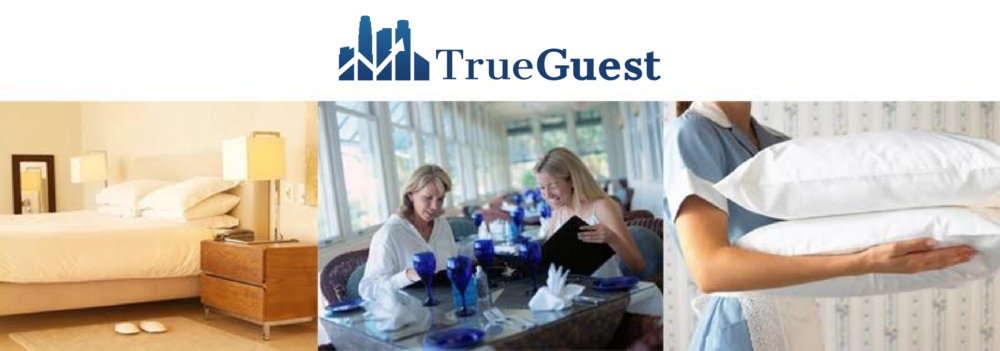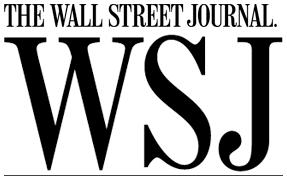Dear TrueGuest,
I read a couple of articles on your site about using table numbers to reduce employee theft. How does that work? Also, how do I assign table numbers in my restaurant?
Great question! Using table numbers is not only a key tool for guest service but a great tool for reducing internal theft. However, judging by the receipts we see in hotel restaurants, very few hotels take advantage of using table numbers in restaurants or seat numbers in bars. Why does using table numbers help reduce internal theft:
- Using table numbers makes it easy for a manager or supervisor to monitor an employee’s open checks. As a manager, I used to stop in the restaurant often and pop open the floor plan on the point of sale system. Anytime I would see an open check at a table without anyone sitting at, I knew there was a problem that needed to be investigated. My policy was always that checks must be closed as soon as payment was made.
- Using table numbers and seat numbers makes it hard for servers and bartenders to reuse checks and steal the cash. We’ve written quite a bit in the past about problems with servers and bartenders reusing checks. See this article on check splitting and this section in our internal control guide for bars on reusing checks. If your restaurant and bar have a good table and seat number systems, it is more obvious when servers and bartenders reuse checks. For instance, if a guest at table 22 pays cash for their buffet, the server cannot easily reuse that same check with table 34.
- Using table numbers and seat numbers also adds another layer of perceived controls. It seems simple, but the more controls you have in place, the less employees will test them. Experienced servers and bartenders know that restaurants who do not have simple controls like table numbers in place probably aren’t doing a very good watching out for internal theft.

 The Wall Street Journal posted a great article on the rise of employee theft as a result of the recession. You can read the entire article on MSN’s Money page here. The article reports that ‘New research shows that employers are seeing an increase in internal crimes, ranging from fictitious sales transactions and illegal kickbacks to the theft of office equipment and retail products meant for sale to customers.’ The article also mentions that ‘To many employers’ chagrin, the workers guilty of the most grandiose theft frequently turn out to be those deemed to be highly trustworthy’.
The Wall Street Journal posted a great article on the rise of employee theft as a result of the recession. You can read the entire article on MSN’s Money page here. The article reports that ‘New research shows that employers are seeing an increase in internal crimes, ranging from fictitious sales transactions and illegal kickbacks to the theft of office equipment and retail products meant for sale to customers.’ The article also mentions that ‘To many employers’ chagrin, the workers guilty of the most grandiose theft frequently turn out to be those deemed to be highly trustworthy’.